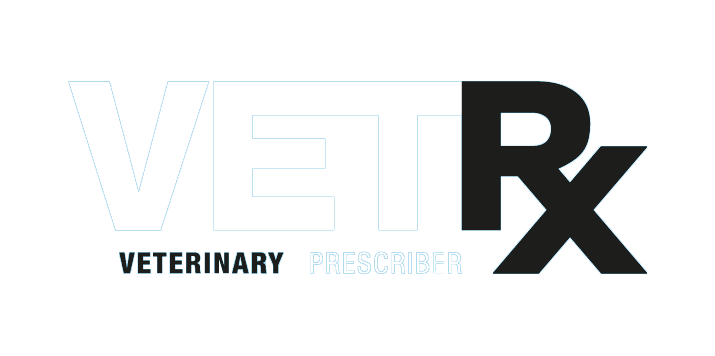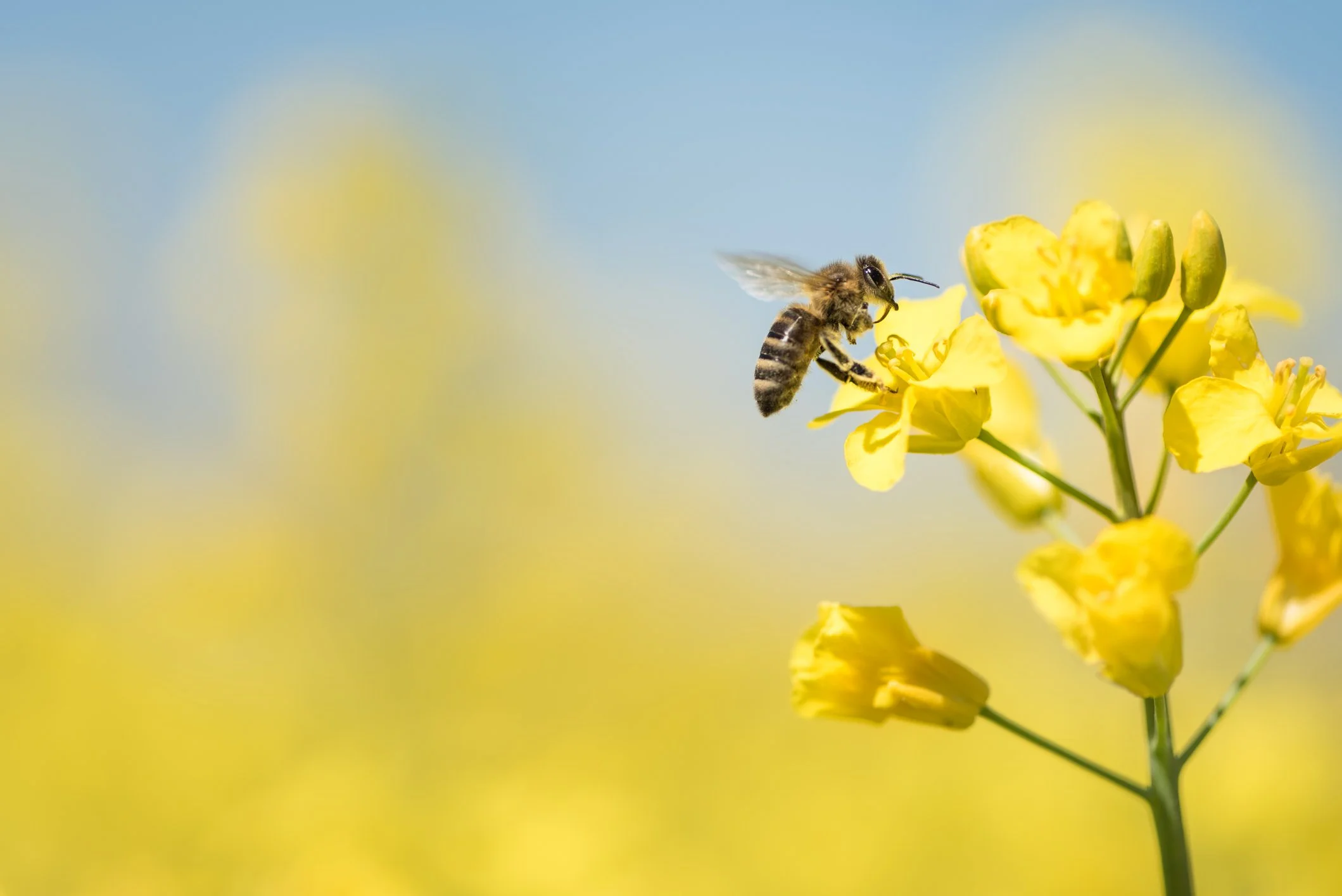Environmental effects of pet parasiticides
What do we know about the environmental effects of pet parasiticides?
Over the past couple of years there has been a growing unease about the potential harm that parasiticides used on pets might be having on our environment, particularly in the light of the push towards year-round prevention of fleas and worms for most cats and dogs. This has received more attention recently with the publication of a report of a research project funded by the Veterinary Medicines Directorate examining the occurrence of fipronil and its metabolites and imidacloprid in English rivers (Perkins et al 2020). This project is just one step towards finding out about how parasiticides might be affecting our environment.
NOAH (which represents the veterinary pharmaceutical industry) responded to the report with a position statement that appears to aim to offer reassurance that the regulator (the Veterinary Medicines Directorate) has made an assessment of environmental risk when deciding whether to award a marketing authorisation for a companion-animal parasiticide. The regulator takes into account quality, efficacy and safety, and the safety aspect considers the treated animal, humans that might come into contact with the product, and the environment. Because of the regulatory process, we can feel confident about the quality and efficacy of the products and the safety of the products to the treated animals and their owners.
Exemption from environmental risk assessment for pet medicines
However, companion-animal products are exempt from a full environmental risk assessment, because it is reasoned that the products will be used in relatively few individual animals. This reasoning cannot hold for products that are used for routine prophylaxis in a large population of companion animals (the estimated population of cats and dogs in the UK is 21 million). Not only is there limited evaluation before marketing, there is also no routine post-marketing monitoring of drug residues (from veterinary medicines of any kind) in the environment because regulation does not require it.
The VMD appears to recognise the problem of a lack of information on this important aspect of medicines use. It has funded some research, and in its draft proposals for developing the regulatory process in the coming years, it has expressed concern about the lack of environmental assessment of companion-animal products, and proposes better evaluation of adverse environmental effects. The VMD has invited comments on the proposals so you can have your say by January 31st 2021. This is an important opportunity to express views about veterinary medicines regulation to help ensure that we get the regulatory protections that we need.
We need to reconsider how we use parasiticides
The drive towards ‘blanket’ parasite prophylaxis seems be happening without any consideration of the wider impacts of the policy. As well as uncertainty about the environmental effects of this practice, there is uncertainty about other aspects. Companion-animal parasiticides have been given a marketing authorisation on the basis of their efficacy in killing parasites in or on the animal, not based on their ability to prevent diseases in humans. Yet part of the argument used to support year-round prevention is that roundworm must be suppressed in cats and dogs in order to protect humans from toxocariasis. But what contribution do pet wormers play, if any, in preventing toxocariasis in the UK? The wider implications demand that there is input from disciplines other than parasitology – such as environmental science and human medicine – to properly evaluate the broader benefit-harm ratio of such a parasite management policy. There are important questions to answer and debates to be had about how and why we use companion-animal parasiticides.
Andrea Tarr, Founder and Director, Veterinary Prescriber
Sources
Elsheikha H. Small animal parasiticides – are pet owners getting the year-round message? Vet Times October 20, 2020.
European Medicines Agency. Guideline on environmental impact assessment for veterinary medicinal products – phase I. https://www.ema.europa.eu/en/documents/scientific-guideline/vich-gl6-environmental-impact-assessment-eias-veterinary-medicinal-products-phase-i-step-7_en.pdf.
Perkins R et al. Potential role of veterinary flea products in widespread pesticide contamination of English rivers. Science of the Total Environment 2021; 755. https://doi.org/10.1016/j.scitotenv.2020.143560
PDSA. PAW Report 2019. https://www.pdsa.org.uk/media/7420/2019-paw-report_downloadable.pdf
Related articles
Towards more rational use of parasiticides - but how?
Is there a pet parasiticide that is safer for the environment?
Our purpose...
......is to provide busy veterinary professionals with impartial information on veterinary medicines with which to make treatment decisions in the best interests of animals, their owners and the environment. We mainly do this through the Virtual Veterinary Medicines Academy where our evidence-based peer-reviewed appraisals are the result of a rigorous research and editorial process and are presented succinctly in our multi-media CPD modules. We’re independent: we don’t sell ads, or receive commercial support. We’re funded by subscribers so you can be sure the information we provide is completely objective. Subscribers get unlimited access to the Virtual Veterinary Medicines Academy.

